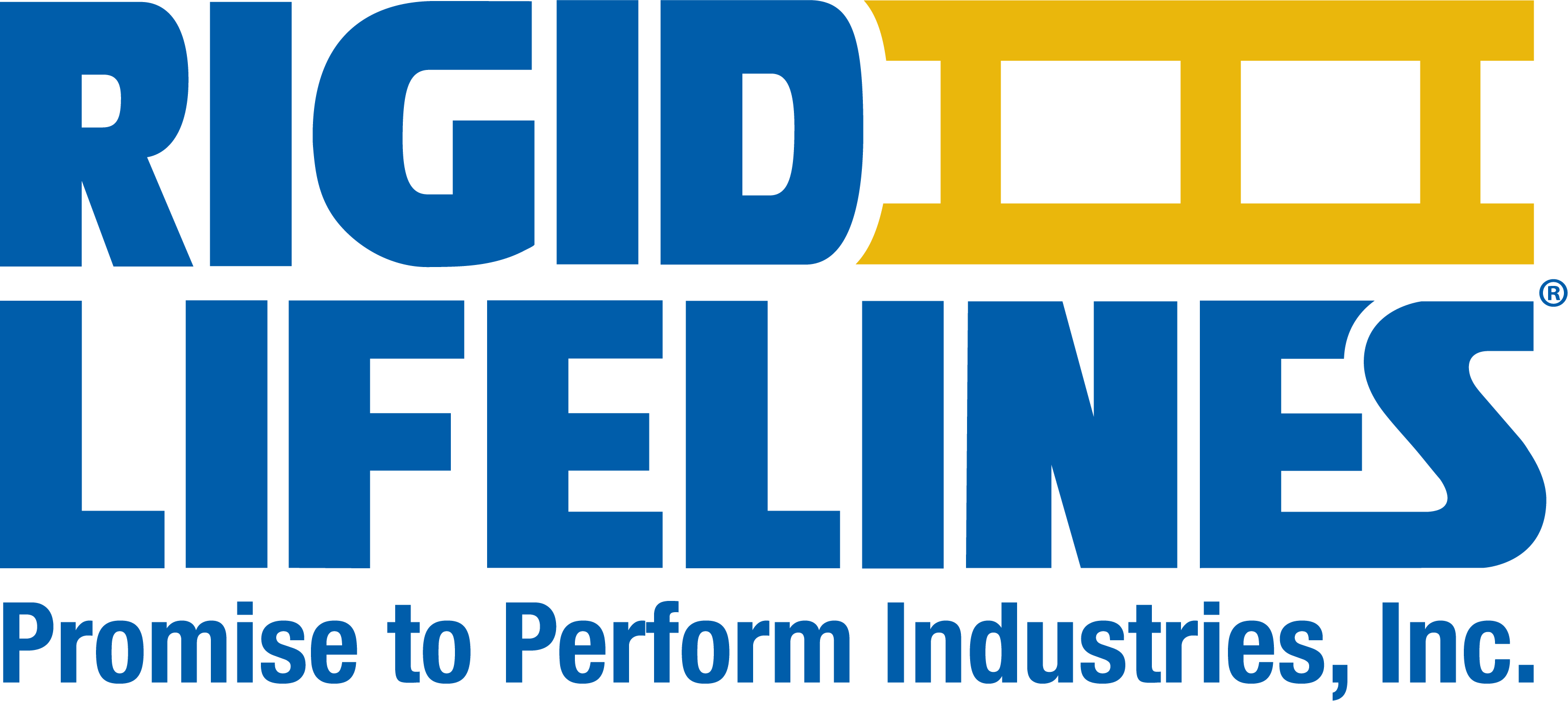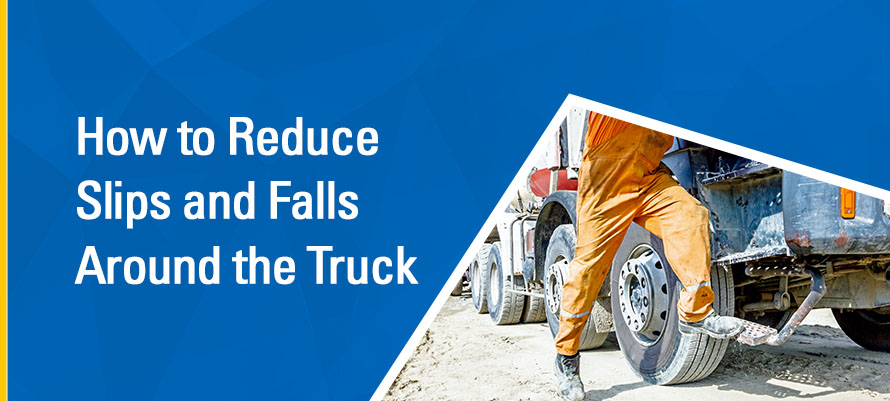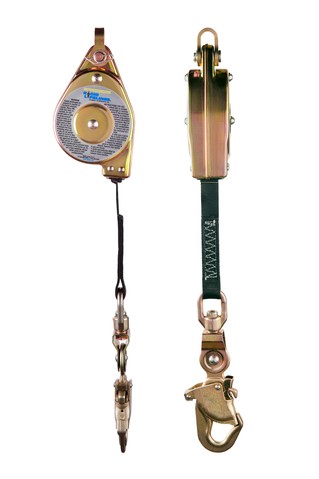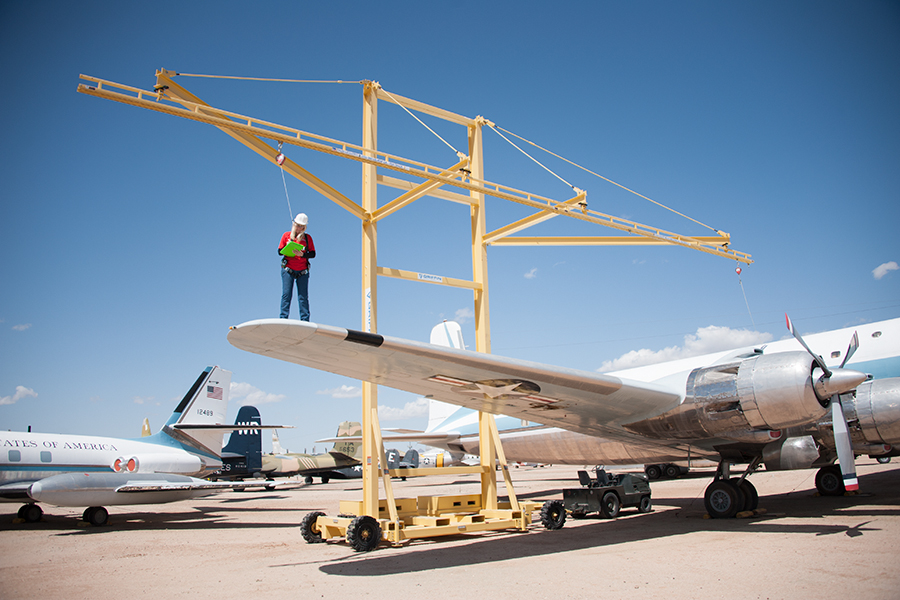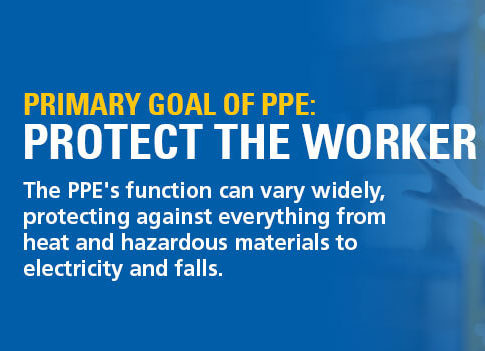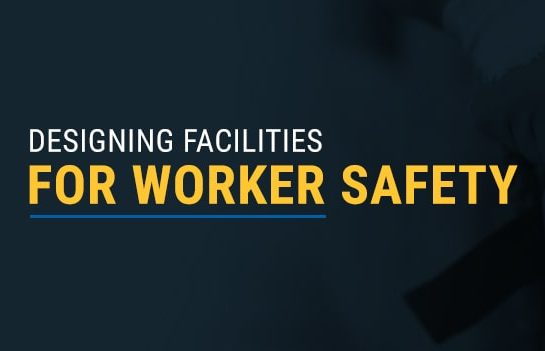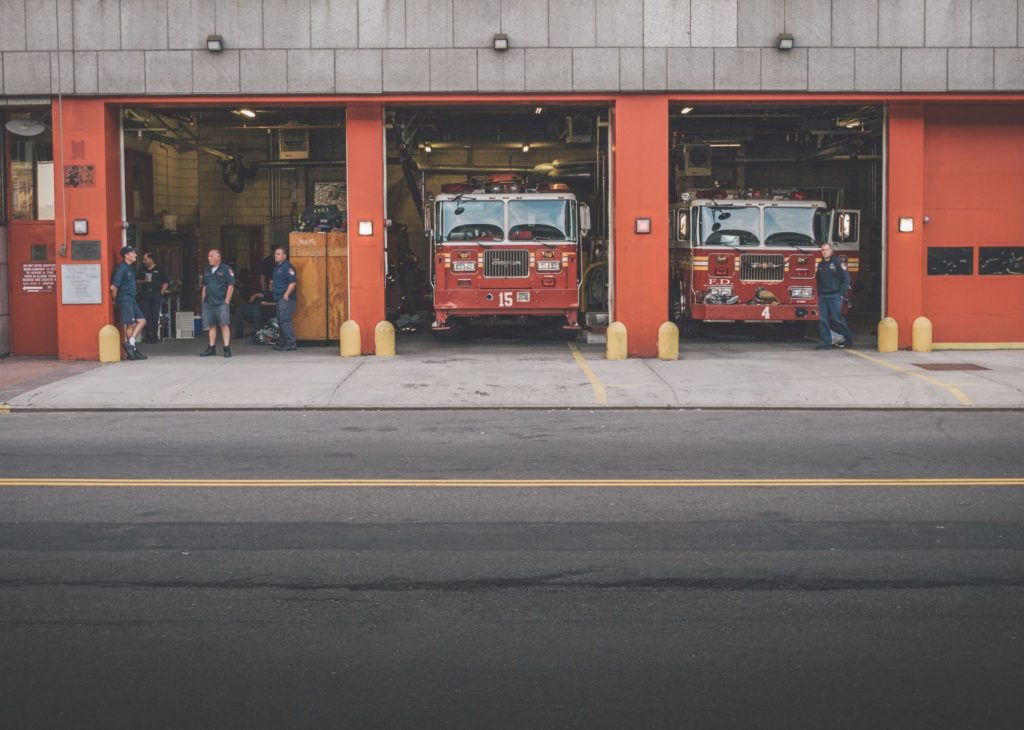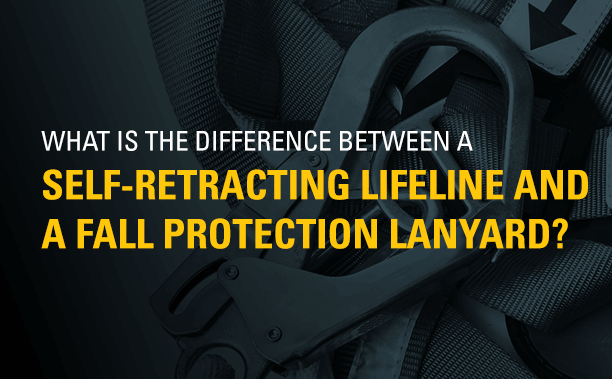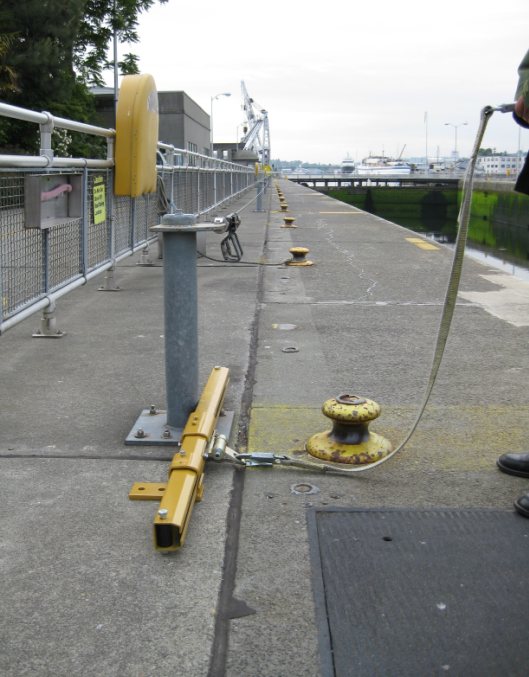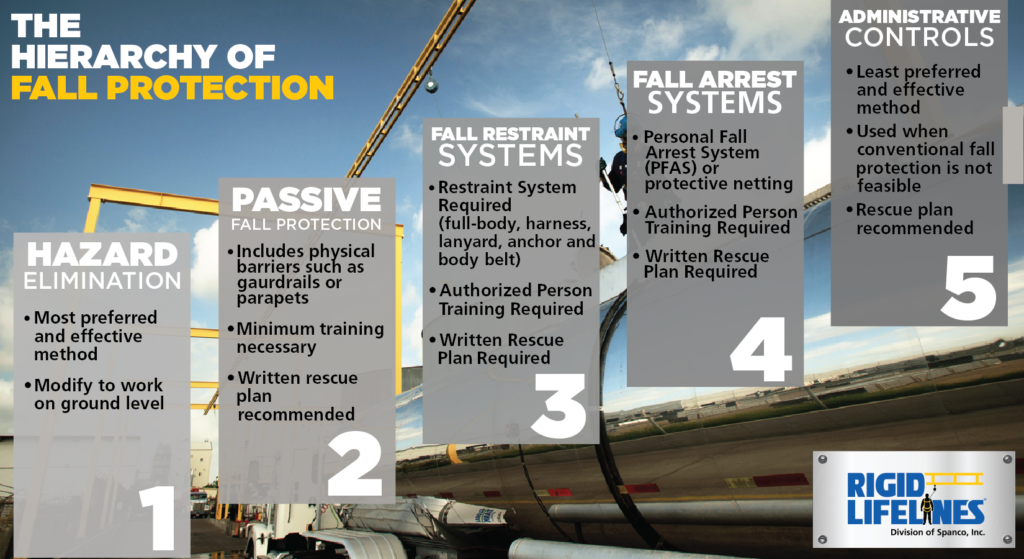Posts by developer
How to Reduce Slips and Falls Around the Truck
Driving a truck can be dangerous in and of itself. However, according to the Bureau of Labor Statistics and Occupational Health and Safety Administration, more of the nonfatal injuries and illnesses in the trucking industry are fall-related than from collisions or other motor vehicle incidents. According to statistics from OSHA, nearly one-third of all nonfatal injuries in the…
Read MoreWhat is a Self-Retracting Lanyard (SRL)?
The leading cause of death in the construction industry is falling. Workers are at a higher risk of critical injury or death if they’re higher than six feet. Personal fall arrest systems, equipped with self-retracting lanyards, can help prevent falls in the workplace and save lives. A self-retracting lanyard, also called a self-retracting lifeline or SRL, is a vertical fall protection lifeline…
Read MoreThe Importance of Training
Rigid Lifelines specializes in workplace safety. Our rigid rail enclosed track fall arrest systems are designed to improve safety for workers performing tasks at height who might be at risk of injuries from falling. Fall arrest systems attach workers to secure anchors through the use of full-body harnesses and connecting devices. This equipment is designed…
Read MorePPE — Function vs. Comfort
Personal protective equipment (PPE) is a universal part of almost every industrial or construction environment, but it’s rarely enjoyable to wear. Problems with PPE comfort can make it less likely that employees will wear it, eliminating the protective properties it offers. You can also find PPE that provides more comfort, potentially at the risk of…
Read MoreDesigning Facilities for Worker Safety
Worker safety is paramount to a facility’s success, and it all starts with design. If you can eliminate a hazard at the source, you reduce the need for protective measures and the overall risk. So what goes into cultivating workplace safety, and how do you focus on your facility’s unique needs? Let’s take a closer…
Read MoreOSHA Crackdown: Tougher Enforcement Aimed at Reducing Violations
Fall protection in the workplace has been required by Federal OSHA regulations since 1974, shortly after the Occupational Safety and Health Act was signed into law in 1970. Since then, the requirements for fall protection and the approach to fall safety have changed dramatically. Recently, some changes have been made to the approach to enforcement.…
Read MoreIs Fall Protection Needed At A Fire Company For Truck Maintenance?
When working on top of a fire truck, do firefighters need to use fall protection? The logical answer to this would seem to be yes, because a fire truck is over 4 feet tall. The legal answer is: it depends. According to OSHA, Federal OSHA regulations do not have jurisdiction over State, municipal, or volunteer fire departments.…
Read MoreWhat Is the Difference between a Self-Retracting Lifeline and a Fall Protection Lanyard?
Construction sites and manufacturing plants can be hectic, with large teams of workers carrying out different tasks. Everyone is doing their part to get the job done. As a business owner, you know the importance of high productivity on each of your jobsites. But more than that, you care about your employees’ safety throughout every step…
Read MoreWorkplace Safety and Human Factors: Fatigue
Safety standards and workplace safety measures are important to any safety program. Many kinds of equipment and safety practices effectively reduce risks and eliminate hazards in the workplace. Safety products, such as personal fall protection systems, personal protective equipment, and many others, can help companies comply with legal workplace regulations and provide a safe working…
Read MoreWhat is Fall Restraint?
As Director of Sales and Business Development for Rigid Lifelines, I am often asked the following two questions by distributors or end-users new to the fall protection industry: What Is a Fall Restraint System? Can Rigid Lifelines Provide a Fall Restraint Rigid Rail System? 1. What Is a Fall Restraint System? Unlike fall arrest systems,…
Read MoreWorkplace Safety and Rigid Track Systems
Approximately one in three American workers believe that productivity is valued over workplace safety, according to the National Safety Council. However, research has shown that everyone benefits when safety is a top priority. In fact, productivity actually goes up when an effective workplace safety program is in place. That’s where rigid track systems can come…
Read MoreHierarchy of Fall Protection
The term fall protection covers a broad range of topics and ideas. The Hierarchy of Fall Protection is a system intended to help select the most effective form of fall protection that can be used in any application. Fall protection can generally be broken into two distinct groups: fall prevention and fall arrest. The first,…
Read More